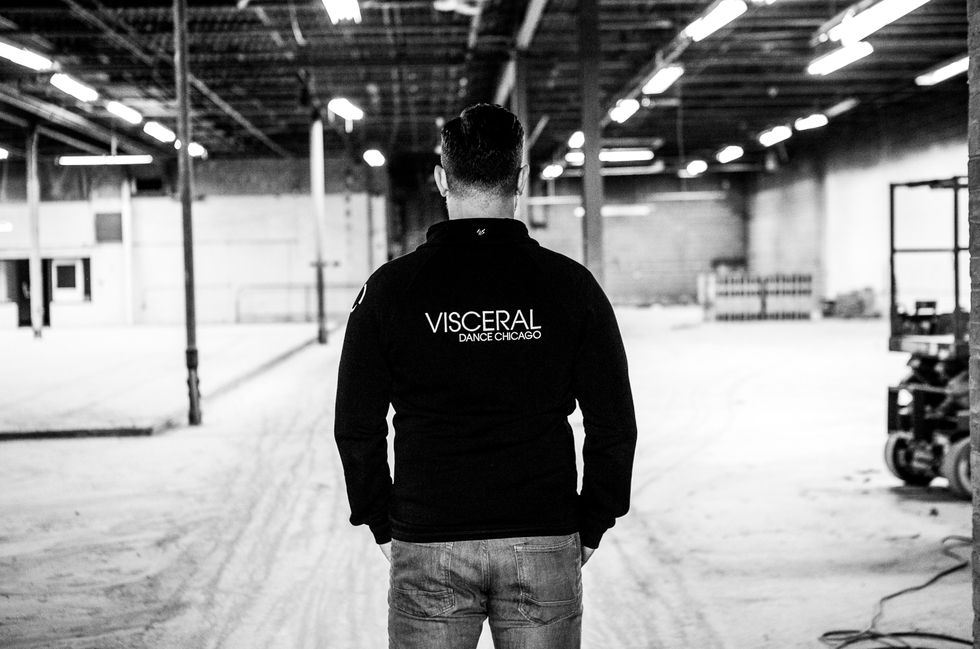Ambitious New Dance Facilities Have Been Popping Up All Over—Despite Pandemic Challenges
Collage Dance Collective’s $11 million capital campaign was already underway when COVID-19 started peaking in the U.S. The Memphis-based dance conservatory and company—the largest Black-owned ballet company in the South—opted to stay the course and continue building a brand-new dance center, which opened for limited in-person classes last October.
Collage is not alone in forging ahead with plans for new spaces in spite of the challenges presented by the pandemic. Eugene Ballet, Nimbus Dance Works and Interlochen Arts Academy have similarly expanded their facilities. In Chicago alone, Red Clay Dance, The Joffrey Ballet, the Joel Hall Dancers and Visceral Dance have proceeded with plans to build or expand their spaces during the pandemic.
Construction on Collage’s new 22,000-square-foot building was complete in December. “The timing really worked out for us,” says executive director Marcellus Harper. Social distancing was impossible in their old 2,000-square-foot facility and would have forced them to remain completely virtual during the pandemic.
Artistic director Kevin Thomas says their previous space was holding the whole organization back, forcing them to combine levels and with no dedicated rehearsal or dressing spaces for the professional company. “We couldn’t make do. The program was suffering,” he says. Collage Dance Center now has five studios, office space, a boutique and costume department, separate dressing rooms for the company, lounge areas for dance students and families, and more than 70 parking spaces. Thomas says they adapted the project to add touchless surfaces and HVAC enhancements. “It made the whole facility safer and made us feel safer too,” he says.

Nick Pupillo examines the new Visceral Dance Center, which opened in July.
KT Miller, Courtesy Visceral Dance Chicago
Visceral Dance Center had also been bursting at the seams even before Chicago’s existing space crunch tightened with the sale of Hubbard Street Dance Chicago’s building to a condo developer and the dissolution of the affiliated Lou Conte Dance Studio last year. Since opening in 2007, Visceral’s studios had become a hub for rehearsal space in addition to housing its professional company and youth program.
The new center, years in the making, opened in July. Within the 27,000-square-foot former warehouse are expanded locker rooms and lobby space, a wardrobe room and six studios, including the Ann Barzel Studio performance space with expansive views of the Chicago River.
That these leading institutions remain committed to ambitious expansion plans is a sign of confidence that dance, hit especially hard by the pandemic, will recover and eventually thrive. Artistic director Nick Pupillo sees the new Visceral Dance Center as essential not just to his organization but to the dance community at large. “What started as a personal dream is no longer for me; it is for everyone,” he says. “This new building is an opportunity for people to come together and feel the necessity of art in our lives.”




